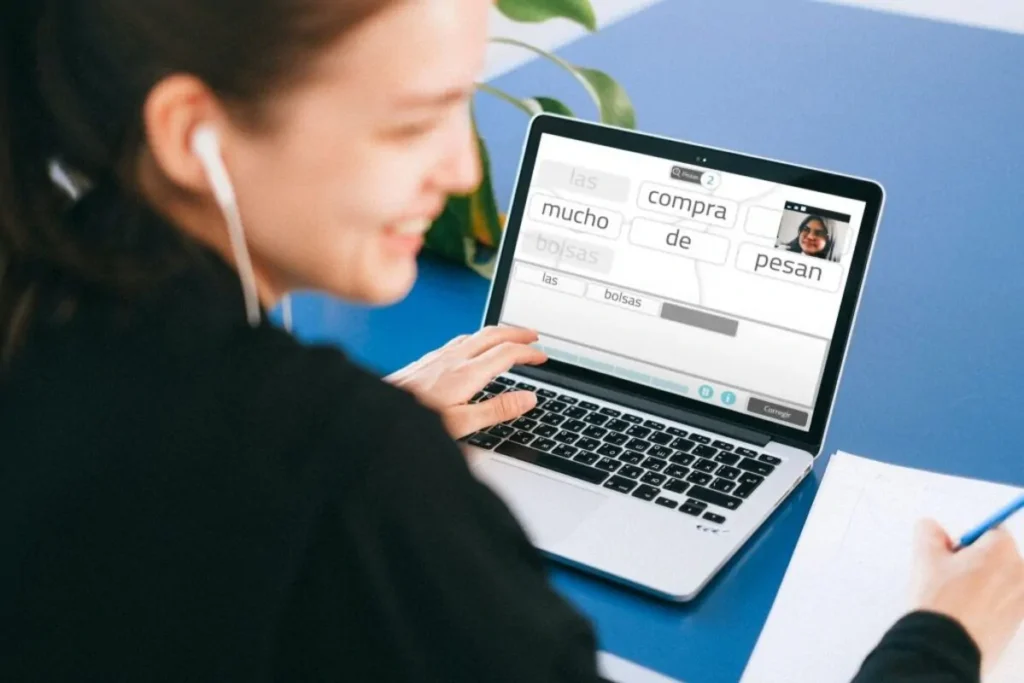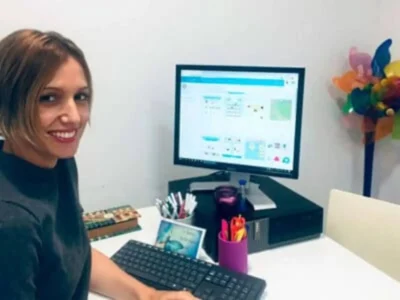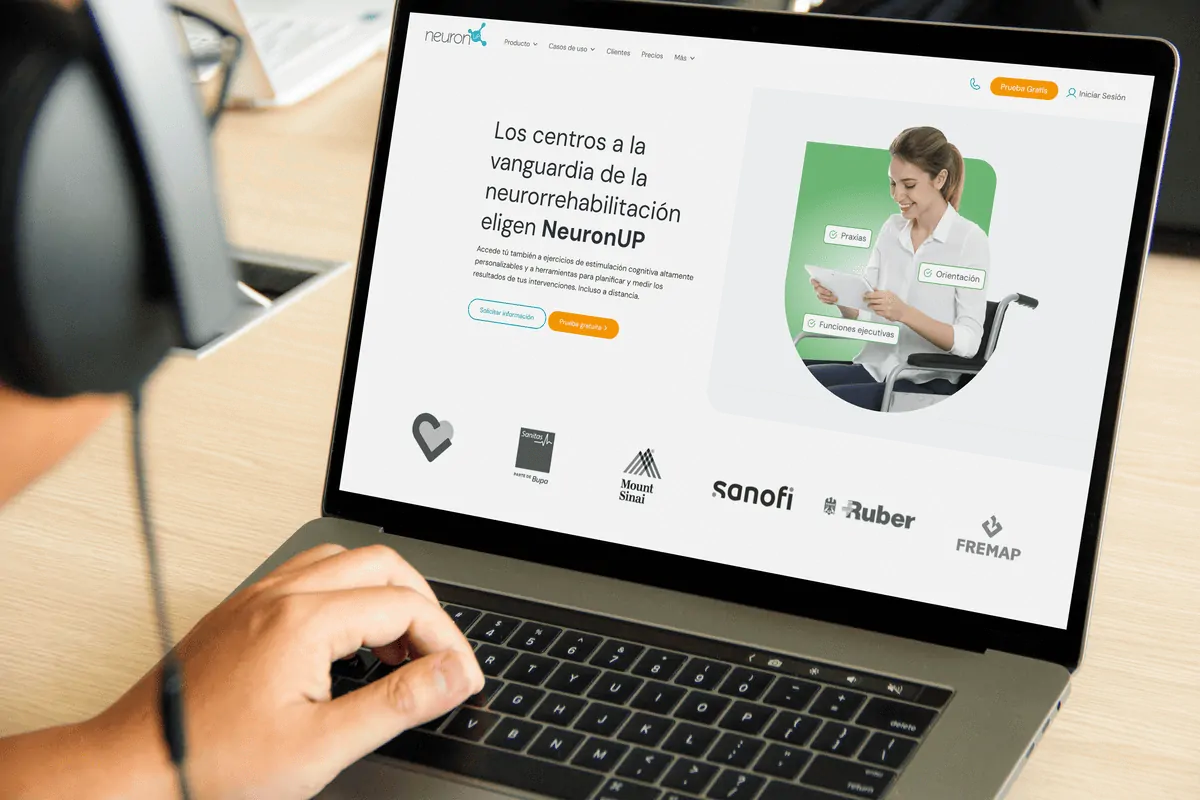The Centro Integral San Lorenzo shares their experience with telemedicine in the neurorehabilitation process carried out with NeuronUP and the good results obtained.
What is telemedicine?
Telemedicine, that is, remote medicine. It consists, as established by the World Health Organization, of providing health services where distance is a decisive factor, using information and communication technologies (ICT) for the proper transfer of information in diagnosis, treatment, evaluation, research and prevention of all kinds of conditions, as well as for the continuing education of health professionals.
The objective of telemedicine is none other than to promote general well-being through the improvement of health.
Technological progress has made it possible to refine care and has contributed to a greater system efficiency while accessibility increased. In addition, the widespread use of the internet and the arrival of devices such as smartphones have enabled the development of telemedicine.
Therefore, telemedicine is essential for improving health, the sustainability and efficiency of the sector, and accessibility.
What is telerehabilitation?
Telerehabilitation, framed within telemedicine, is based on the delivery of cognitive rehabilitation services remotely, either from home or in the location most convenient for the patient; that is, the professional and the patient are not in the same place during the intervention.
Telemedicine and neurorehabilitation

At the Centro Integral San Lorenzo we have a multidisciplinary team that works in different areas in speech therapy, psychology and neuropsychology. We are professionals with more than 15 years of experience in in-person and online treatment of patients with various pathologies.
We work in a multidisciplinary and comprehensive way with developmental, behavioral, or emotional difficulties present in children and adolescents.
We work with a diverse population both in childhood and adolescence. In addition, we work with various disorders such as developmental delay, language difficulties, children with ASD, children with ADHD, gifted children or behavioral or emotional symptoms.
All children who come to the center are evaluated and diagnosed by our team of professionals to propose a treatment tailored to their needs.
Times of change
On March 13, 2020, and given the imminent state of alarm, we put into action a plan for those patients eligible for online treatment.
For this purpose, we adopted a new approach in our treatments, incorporating telemedicine, which until that moment we had only used with children on exceptional occasions such as hospitalizations or home isolation.
We thought that, just as in those special moments we had worked with children online with good results, we could begin to work on neurorehabilitation with the children through telemedicine to continue the work developed during the previous months.
In that very difficult moment for everyone, we began to consult with the parents of the children eligible for online treatment to learn about their concerns in this regard and the response was decisive for starting this new stage. Thus, in a few days we were conducting neurorehabilitation sessions via telemedicine.
Planning
Our planning with each patient was carried out based on the objectives set out in their prior intervention program. With those objectives in mind, working on children’s executive functions was one of the priorities of most programs. For this, we relied on NeuronUP as one of the telemedicine tools for our patients.
The treatment planning in the weeks of confinement was done including NeuronUP exercises as part of the program. Additionally, through online sessions various aspects of their treatment program began to be addressed.
In the two months that we have been practicing telemedicine we have made a significant effort in coordinating different professionals at the center involved in the treatment of patients through online meetings that have highlighted the need for disciplinary coordination.
Results
The results we found when we returned to in-person care are interesting and we thought it relevant to share them with other professionals.
Positive progress of children through telemedicine
Those children who have followed the online treatment show predictable progress in their treatment without any differences compared to in-person treatment.
Stagnation or loss of skills in children without neurorehabilitation therapy through telemedicine
However, those children who did not follow remote treatment during confinement are at the same point in rehabilitation as they were before the quarantine or even in some cases there is a loss of skills that had not yet been consolidated.
Conclusion
For all these reasons, we believe that the COVID-19 quarantine has been a learning experience for understanding the importance of neurorehabilitation tools via telemedicine such as NeuronUP in situations in which patients cannot continue treatment at the clinic. It plays a decisive role in positive rehabilitation progress.
If you found this post about neurorehabilitation through telemedicine interesting, you may also be interested in the following posts:
“This article has been translated. Link to the original article in Spanish:”
La neurorrehabilitación a través de la telemedicina







 The Most Popular Cognitive Stimulation Cards for Adults
The Most Popular Cognitive Stimulation Cards for Adults
Leave a Reply